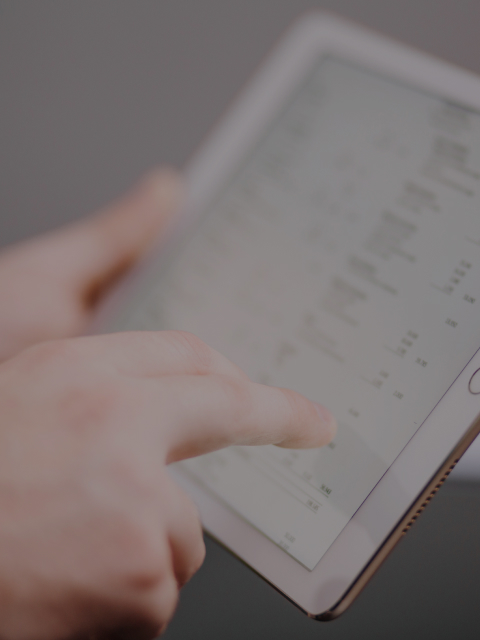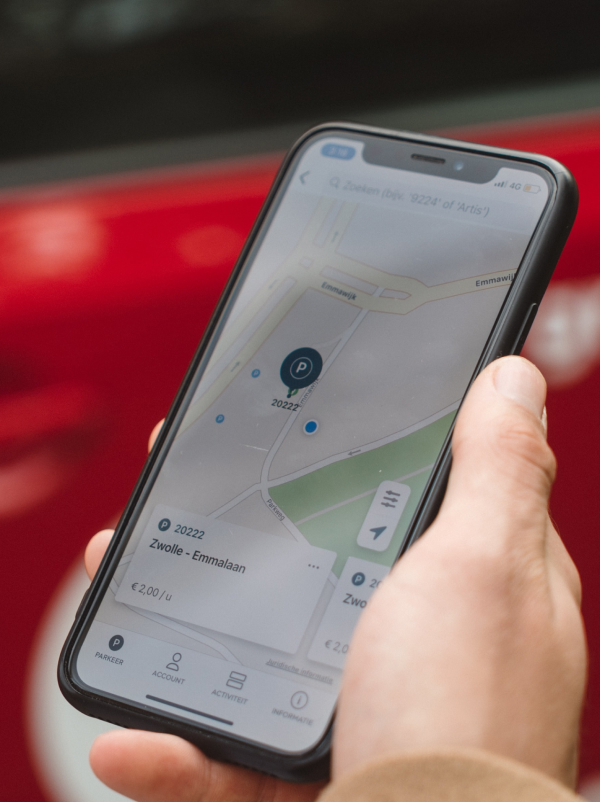Building a Scalable Fast
Data Platform to Expand Digital
Financial Services


Short to the story
Grape Up developed a platform that empowers DBS to utilize data from numerous data sources. By building a scalable, efficient, and robust data system, the leading Asian bank can effectively provide its services to various markets and handle the growing demand in digital banking products.
Challenge
Providing customer-centric, data-driven digital banking services for various markets
DBS runs various businesses and delivers financial services in many Southeast Asia countries. Along with that, the company has to develop and maintain various digital financial systems, depending on local regulations. Diversified legal specifications and different periods when those systems were created, led to visible, critical differences in data models, caused by miscellaneous banking mainframes, on which those systems operated. In such a complicated environment, managing those systems, evolving into completely different ones, had become almost impossible.
Furthermore, with the fast-growing demand in digital banking and an increasing number of customers and operations, legacy, unscalable mainframes had become ineffective and needed transformation.
Approach
Working on-site with the DBS team to utilize cloud-native technologies and provide customers with an innovative solution
To help DBS tackle the challenges associated with the low efficiency of the banking systems and the lack of consistency in building data models, Grape Up delegated an experienced development team to collaborate on-site with the customer. Teams used agile practices, such as sprints, Kanban, according to the current customer’s needs.
By building a scalable and robust fast data library, Grape Up empowered DBS to utilize various data sources. To achieve a determined goal, the development team build a system consisting of three components:
● Normalizer – here, all the data are consumed and normalized, this element is also responsible for publishing messages to Kafka.
● Updater – this part consumes normalized messages and saves data in the bity format in the Aerospike database (Aerospike was chosen due to its high scalability and quick access to NoSQL databases) to avoid time losses needed for deserialization.
● RPC Server – RPC API for submitting requests to the cache.
The entire stack of components was generic and fully configurable through config-server, environment variables, and provided rules (e.g., normalization). The components building the library were used in applications deployed on Cloud Foundry, which allows easy scaling individual components according to the project needs, such as increasing the number of application instances using RPC Server while there were more domain readings than writings.
Goal
Providing unified financial services for all customers regardless of their location
Empowering DBS to deliver new services in an agile way
Enabling DBS to easily maintain owned banking systems
Building a platform to collect and consume data from various resources
Outcome
Unifying API and data models to provide innovative financial services for customers on various markets
Solutions built by Grape Up and the customer’s team empowers DBS to provide a fundamental change in their services – all its clients have access to the latest, most innovative services. By unifying API and data models, DBS gained the ability to deliver the same customer-facing applications to its customers, regardless of the system they use and their location. Previously, the leading Asian bank found it challenging to provide numerous apps as each region had different deployments based on local regulations and the period when those systems were built.
Like many other financial enterprises, DBS struggled to develop new features and digital products duo to the legacy backends. As these enterprises grow at a rapid pace, both by incorporating various companies with their solutions and by building custom software for new markets. Now, by utilizing the cache layer, DBS can provide the same UI and features developed on top of numerous backend architectures.
Such a solution improves customer experience, accelerate time-to-market for new products and services, and reduces costs of deployments and maintenance.
Let’s collaborate on your project
Don’t hesitate to tell us what kind of help you need
Visit our project portfolio to view more success stories
Explore our case studies and see how we work
see examples

Connected Car Initiative: Revolutionizing Telematics through Consulting, Development, and Agile Transformation
Automotive

Designing AI and ML Deployment Platform to Accelerate the Implementation of AI-powered Software
Automotive

Building a Touchless Platform to Improve Customer Experience And Unlock New Revenue Streams
Automotive

Delivering Customer-Friendly Mobile App to Enable Data-Driven Business Development
Insurance

Upskilling the Development Team to Provide Reusable And Scalable Applications
Insurance

Accelerating Software Delivery and Reducing Costs
Government

Developing a Global Cloud Platform Enabling Data-Driven Decision Making
Retail

Rebuilding a Software Product to Deliver Exceptional User Experience
Computer Software / IT Services

Enabling Improved Service Delivery And Operational Efficiency by Providing 24/7 Support
Telecommunications

Transforming Legacy Systems in The Real Estate Sector
Real estate

Creating a Data Management Solution for a Sports Car Manufacturer
Automotive

Increasing Operational Availability with a Cutting-edge Offer Management System
Automotive

Seamless Integration of Modern Payment Solutions Tailored to the Client’s Needs
Automotive

Prototyping the Future Automotive Cloud
Automotive

Transforming Car Rental Management with Real-Time Telematics Data
Automotive